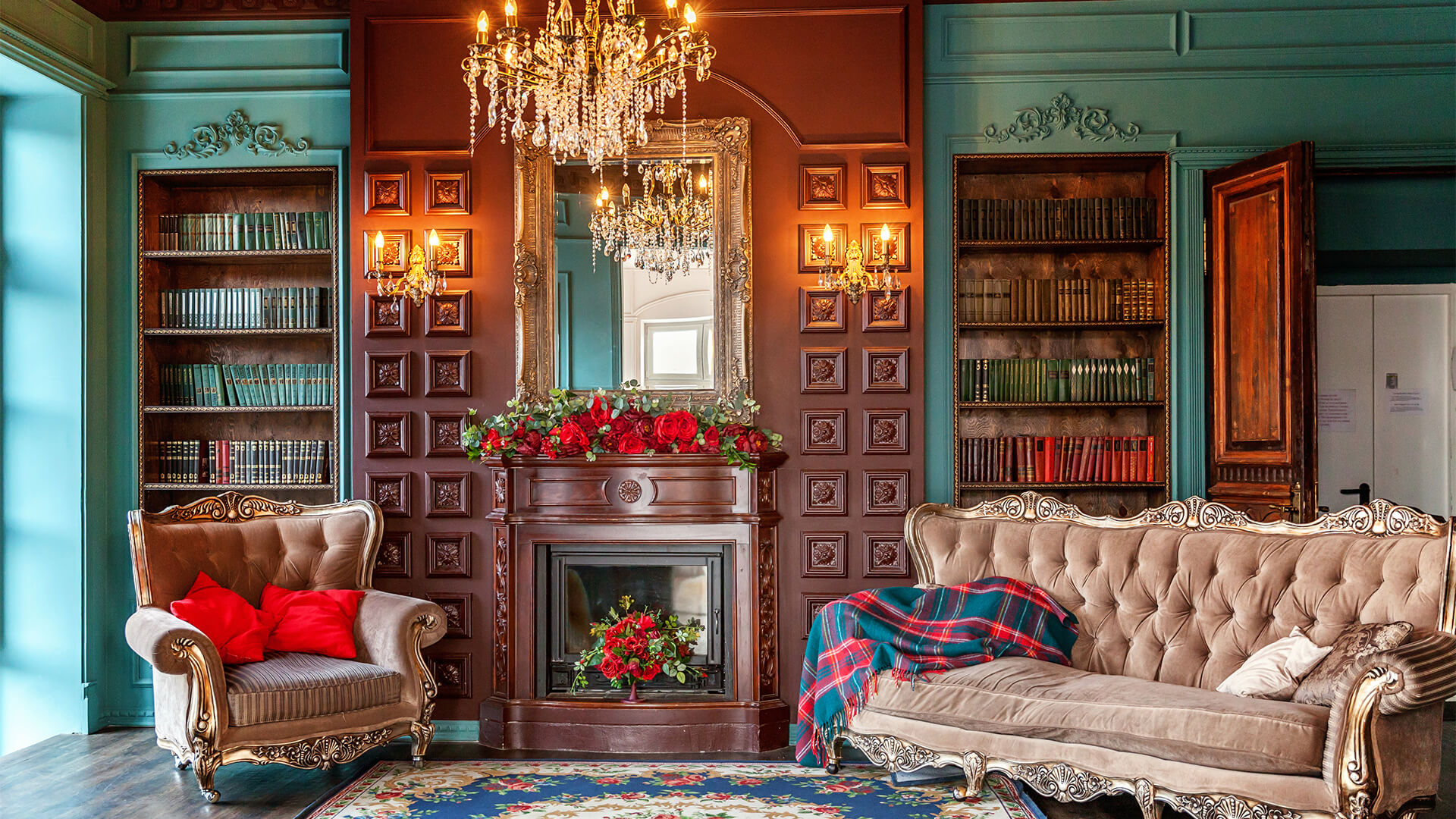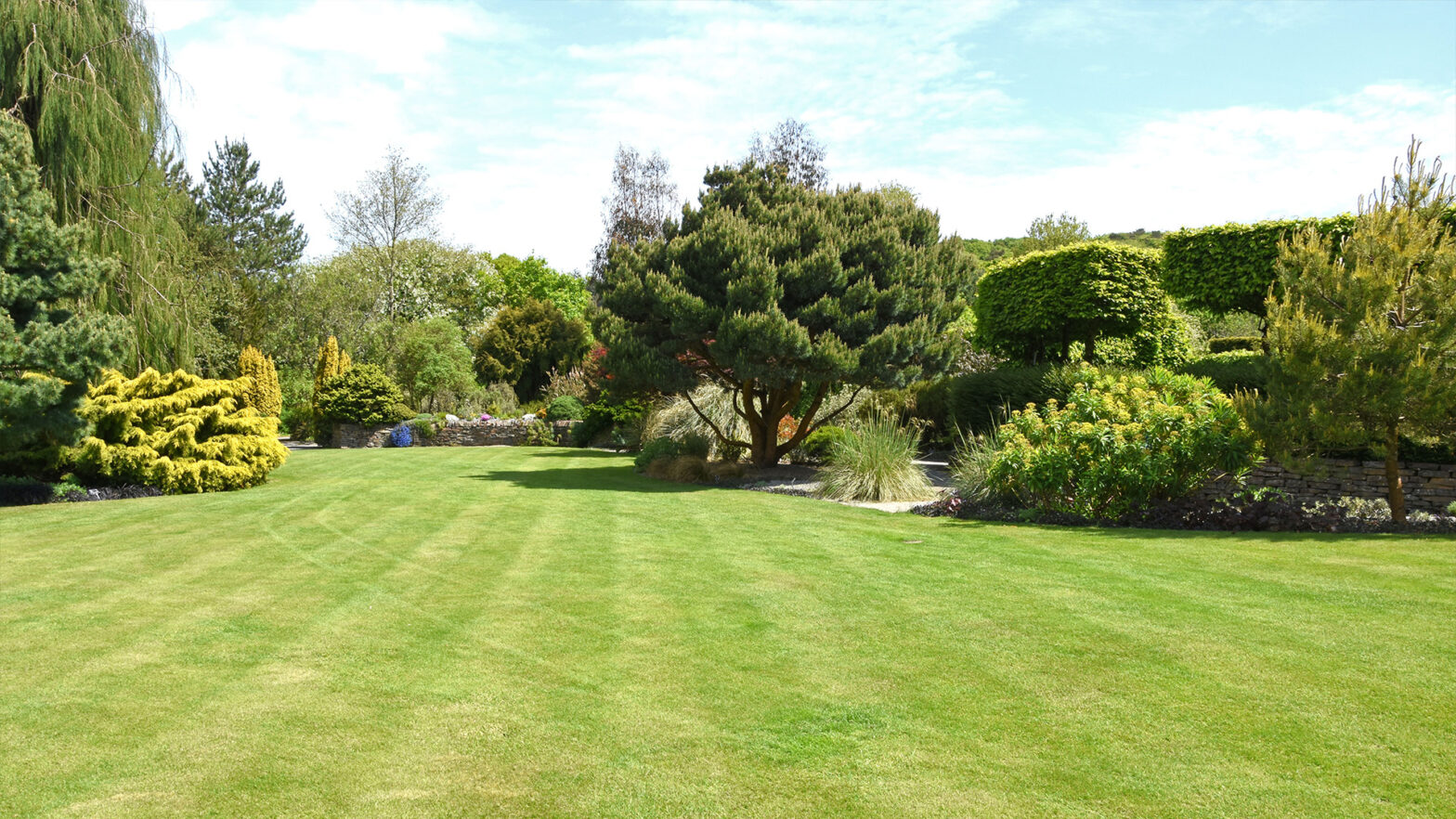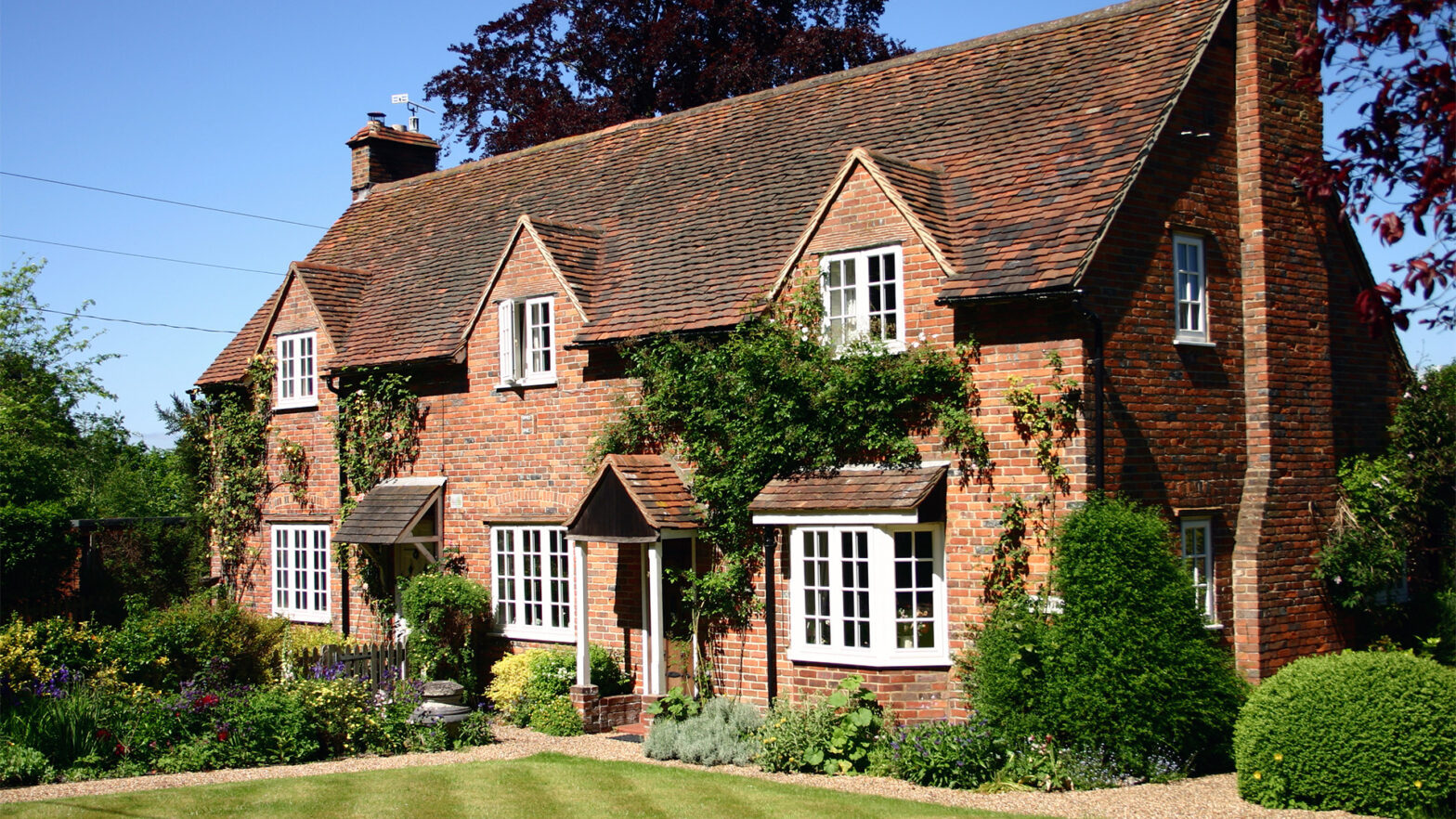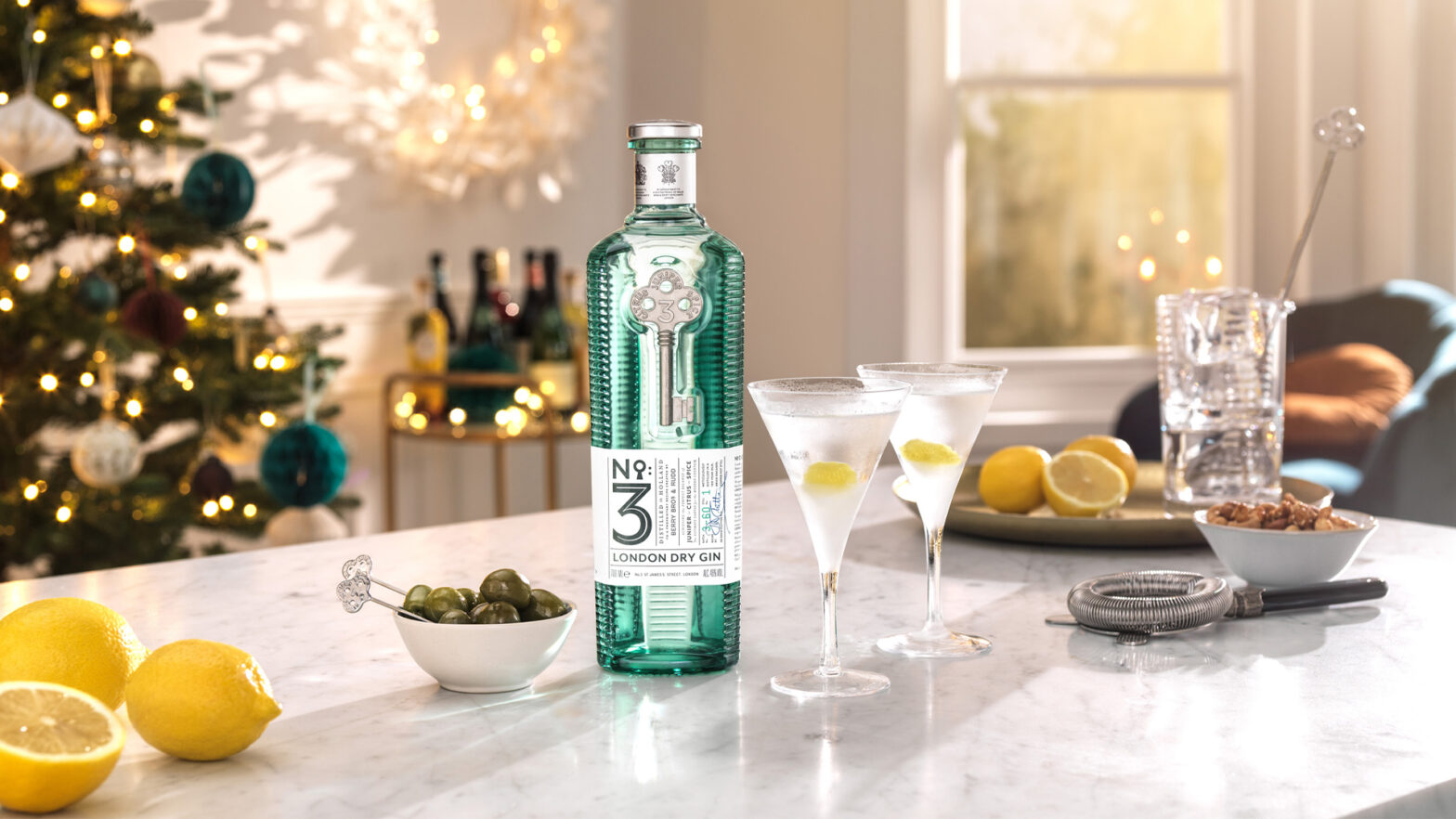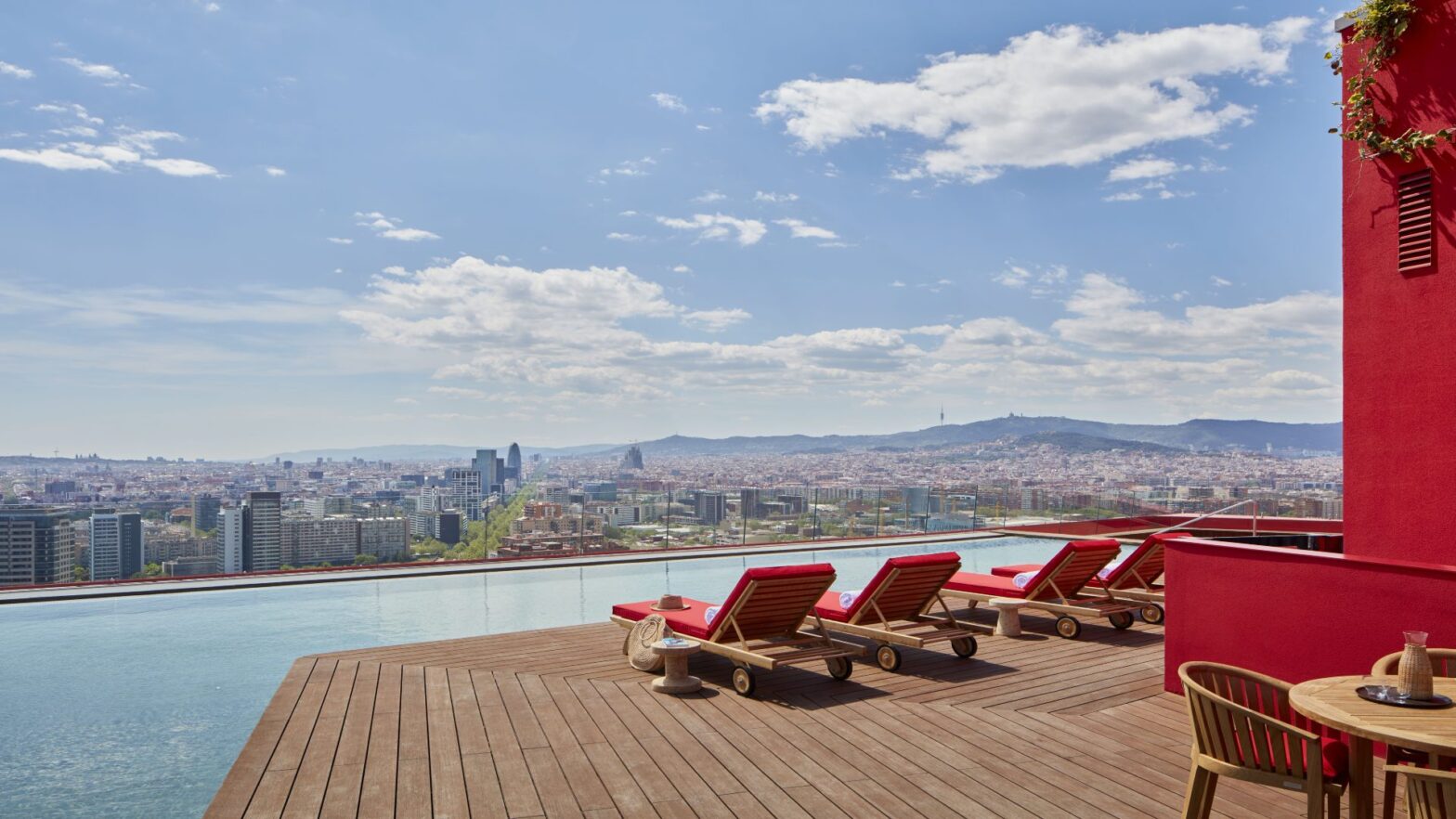
The regency period was a time of grandeur and fantasy. It is named after England’s Prince Regent, who ruled by proxy for his father from 1811 – 1820, then becoming King George IV and ruling until his death in 1830. He was known for his extravagant nature and flamboyant taste, which can be seen present in regency design.
One of the finest examples of Regency design is Brighton Pavillion. Built for the Prince Regent as a holiday residence, and extended in 1815 to 1822 by designer John Nash, the Indo-Islamic exterior, and the Chinese interior, is an example of the exotic inspirations which were popular in that time. England and France had increased colonial holdings which resulted in new knowledge of various countries, which found its way into design and architecture. This influence is demonstrated with the recognisable domes and spires of the Pavillion.
If you are updating or renovating a Regency property, or otherwise inspired by the period, here are some key features of English Regency home decor.
Chinoiserie
A feature which was popular for some years was chinoiserie, influenced by Chinese art. This was included in Brighton Pavillion as part of its fanciful interior design which had many oriental elements. This is illustrated in the Banqueting Room of the Pavillion which featured silver gilt, wall canvases depicting Chinese domestic scenes, and a show stopping carved silver dragon chandelier which weighs a ton, designed by Robert Jones.
The patterns and wallpapers of this style, that are highlighted in this example, show the exoticism present in much of Regency design. Within your home, chinoiserie can be used as wallpaper throughout a room, mixed with more classical furniture to balance out the style. Alternatively, it can be used in panels next to a contrasting colour to add a touch of this design feature and uplift a room. It adds the exuberant and playful charm existent in the regency period.
Furniture
Furniture from this period is elegant and often made of dark, heavy wood such as mahogany, rosewood and zebrawood. Wood veneers were popular back then. Regency furniture often has brass inlays and gilded metal mounts, such as rosettes, female masks and lion masks. These elaborate brass mounts and gilded carvings also include winged lions, sphinxes and ram’s heads, resulting in the ostentatious design that the Regency period is often known for. In the designs, lines are straight or rounded, and symmetry is vital.
Table and chair legs will frequently have metal paw shaped feet. These classic ornaments were inspired by antique Greek and Roman design, and included lion monopodium, paw feet, masks, swans and dolphins.
Dining chairs from the regency period are still very highly regarded. Features include concave or sabre-shaped front or back legs, making the legs curve forward, and high-set arms. They also have crest rails that are broad and flat, often featuring motifs drawn from Egypt, Greece and Rome.
Chaise Longues and Sofas
Chaise longues were a popular feature in Regency homes. It became very fashionable to have at least one or two sofas in a room. A popular choice to add a touch of regency glamour into your home is a Grecian couch with roll-curve ends and carved feet. This nods to the Greek influences present in much of Regency design. Alternatively, a sofa with scroll ends and a bolster at each end would also give the Regency flavour.
Chandeliers
Elaborate chandeliers can form a key feature of a regency home. They provide the grandeur and glamour existent in that time. Regency chandeliers can be a focal point for any room with their ornate, stand-out appearance.
Egyptian Decor
At the end of the 18th century, Napoleon’s campaigns in Egypt resulted in many archaeological surveys, this created a love for Egyptian style, decor and artefacts. This quickly made its way into English consciousness, and inspired many of the designs of the Regency period. It impacted Regency decor as it became the fashion for collecting Egyptian artefacts, sparking the period of Egyptomania. Statues or objects inspired by Egypt will give an authentic flavour to your Regency style home decor. This taste can be seen more in the dining room at Goodwood House.
The Empire Style
The Prince Regent had an entrenched rivalry with Napoleon I, the French ruler, which often caused him to want to outdo him when it came to architecture and spectacle. The Empire Style of France and the Regency Style of England were both born out of Neoclassicism which had come before them.
The influence that the Empire style had on the Regency period can be seen in the design of Carlton House, George iV’s residence from 1783 to 1826. There were carved and gilded doors, and luxurious draperies, curtains and wall hangings. The Blue Velvet Room had garter blue velvet panels on the walls and seat furniture upholstered in blue and gold fleur-de-lis satin. Reflecting some of the excessively ornate features present in the Empire style will provide a regency feel in your home.
The Regency Stripe
Perhaps one of the most well known features of Regency home decor is the regency stripe. To add an elegant and classic Regency feel to any room, regency stripe wallpaper may be the perfect addition. Vertically striped, you could stick to the reds, greens and golds common in the day, or put your own modern twist on the regency stripe design. Perhaps have the regency stripe design around a regency style fireplace to elevate the space, combining the classic design with the ornate and grandiose fireplace feature. Having a stand out fireplace in marble, limestone or wood, with the symmetrical patterns and gilded motifs of the era will grab the attention in any room and elevate the design.
The Regency period was one of elegance and opulence, luxuriousness and grandeur, this was mixed with a sense of fun and playfulness, inspired by the exotic. When thinking of your home decor, think of how you can mix the classical with the fantasy, for example elegant furniture with colourful patterns. Getting this balance right and combining the two will result in beautiful Regency style decor for any home.








